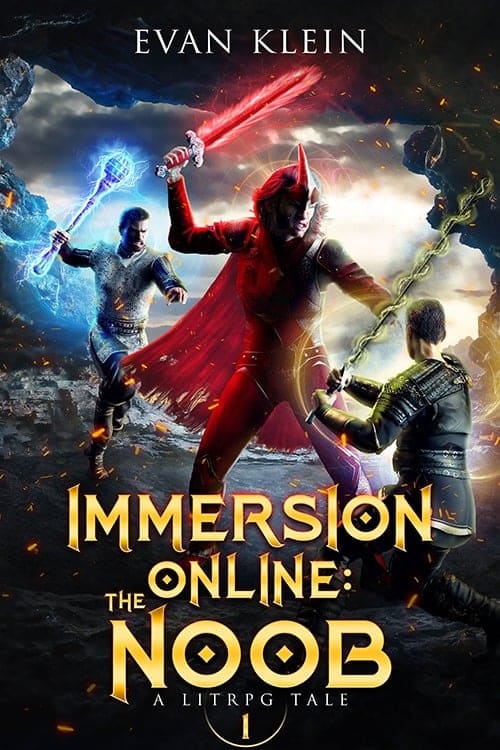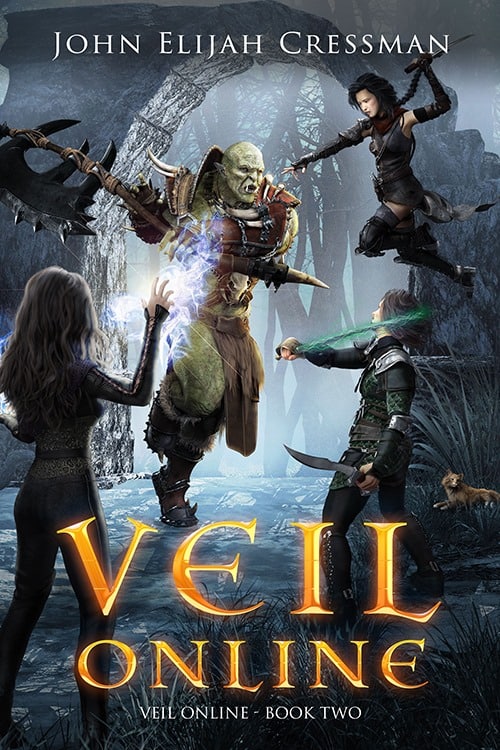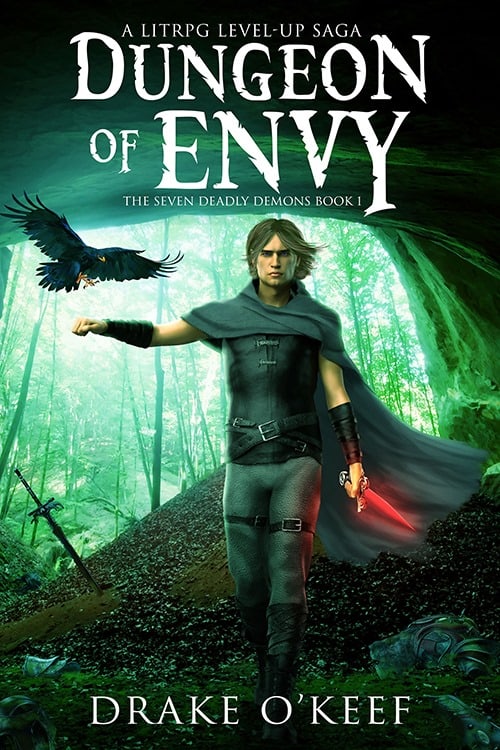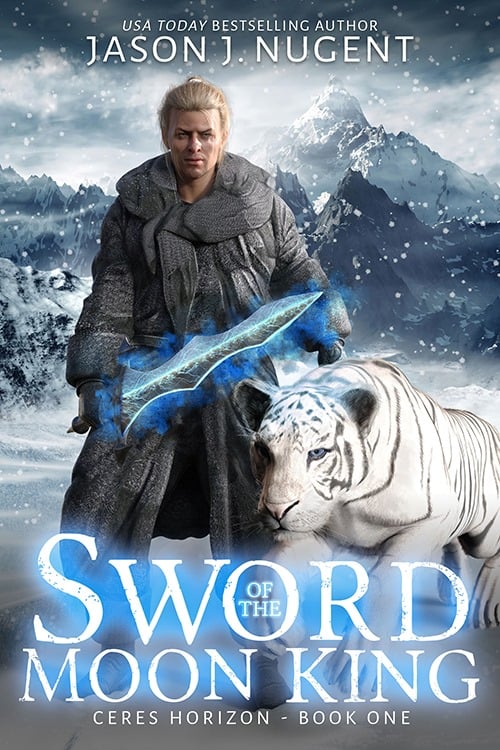Guest Post by Karen Dimmick
There are multiple aspects to a good cover, however, the biggest is whether or not it achieves the purpose it was made for.
What Is a Cover’s True Purpose?
…I’m not talking about something to physically bind the pages together…
A cover is a marketing piece that will attract the readers who like that type of story and repel the ones who won’t.
That’s it. Nothing more, nothing less.
The cover isn’t there for the author to enjoy, although you obviously want to like it. It’s not there for the readers, since they’ve already bought the book. It’s not even there for the fans, since they’ll buy it on the strength of the series or the author’s name.
A cover is there purely for the potential readers. The ones who haven’t yet seen or decided to buy the book.
One thing that surprises a lot of authors, is that the purpose doesn’t mention anything about conveying the exact details of their plot, or even the things that make their story unique.
This is why premade covers work and you don’t necessarily always have to invest in a custom cover. Not sure what a premade is? Find out here.
Another sticking point for authors is the fact that you want your cover to repel some potential buyers.
Wait! Aren’t All Sales Good?
To put it simply, no they’re not. If you get a reader who thinks they’re buying one type of story, then discovers they’ve ended up with a different sort of story, they can very publicly prevent people who would have enjoyed it from buying, by leaving you a bad review.
No book is meant for everyone. That’s why you want the cover to appeal to the right readers and tell the wrong readers they won’t enjoy the book.
The cover has to be recognizable as LitRPG, including whatever sub-genres you have in the book, and it needs to be good enough to get people who enjoy the genre to click it. The book description on the next page is there to do the rest of the work.
What Does The Cover Need To Show?
Potential readers want to know things like, “Is the story about a magic user, a melee fighter or a ranger?” “Is it focused on crafting, or is it more action orientated?”
“Does it have a female or male MC?” “Is there any harem, romance or sex in it?”
“Is it a dungeon core, game-like world or part real life, part game?” etc.
The only thing your cover has to do is attract the right readers and make them click.
The details, and therefore the rest of the sale, is down to your book description.
If you have something unique and specific happening in the book, put that information in the blurb, instead of cramming it onto the cover and risking confusing the message your cover is trying to convey.
Remember, if they’re not sure about the image, they’ll scroll past it, never clicking it to find out more. So let your cover do what it’s meant to do and nothing else.
Thumbnails (Not the Ones On Your Fingers)
When someone goes to look on a marketplace, like Amazon, to find a new LitRPG book, they’ll type in something like “LitRPG books” into the search and be faced with several pages of books, where all the images are at thumbnail size. This will be their first view of your cover.
⚔️ Fantasy RPG Random Tables Books
Make life as a Gamemaster easier…
If you play Dungeons & Dragons, Pathfinder, or other fantasy RPGs, this
RPG random tables series
is packed with encounters, NPCs, treasure, and more. Available in eBook or print—either way, you’ll have a wealth of adventure ideas at your fingertips.
You then have less than a second to grab their attention as they quickly scroll through the list, scanning for something that looks interesting to them.
The only way they’re going to stop to look at your cover, or click on it, is if they can make out what the image on your cover is all about, at thumbnail size and with only a brief glance, because that’s all the time it will get.
Try my AI Tabletop RPG generators...and an extensive library of content!
Our brains perceive things in shapes and then identify the item by associating the shapes with what it’s seen in the past. It’s why if someone draws a stick figure, you still know. One of the most attractive and recognizable shapes to our minds is the shape of a person. However, if there are multiple people, some indistinguishable for others or from the background, then it becomes too difficult to know what you’re looking at.
Covers that are complicated, or badly designed, get seen as “confusing or complicated” and at the speed the person is scanning the list, “confusing” gets scrolled past, costing you the sale.
You need to have your cover be “readable” at thumbnail.
That means a dark character on a light background or the other way around. At the minimum you need the head, shoulder and arms (and probably weapons) to stand out.
You should never have to wonder which body part belongs to which character. That’s the fastest way to make someone scroll past your cover.
An image which freely reminds the potential reader of other boots they read and enjoyed, is the other important thing that will catch their attention as they look through the list they’re scrolling.
Another thing that’s vital at this stage is for the viewer to be able to tell at a glance if it’s the typof of story they like or not.
This is what’s known as “cover tropes.”
Cover Tropes
Just like when you’re writing, there are story tropes you can either choose to follow or avoid. For instance, when a big evil villain is terrorizing the world, people expect a hero to come along and defeat him. The same concept works for covers…
If there’s a knight and a castle, people expect a fantasy style story. If there’s fairy on an otherwise LitRPG looking cover, people assume it’s a dungeon core story. One of more scantily clad women, especially two next to a guy, tells the reader the story has harem elements.
In general, LitRPG stories feature some kind of action. Whether that actionis mid-battle, a second before it starts or with the hero walking away is immaterial, action tells the viewer the book is most likely LitRPG.
You want to include any relevant sub-genre tropes on your cover as well. Things like Dungeon core, harem, town building and so on.
Equally, you want to avoid including ones your story doesn’t have. So while your story may have a scantily clad female warrior, unless it’s got harem elements in the book, don’t put her on your cover, or you risk putting off the people who don’t like harem.
⚔️ Fantasy RPG Random Tables Books
Make life as a Gamemaster easier…
If you play Dungeons & Dragons, Pathfinder, or other fantasy RPGs, this
RPG random tables series
is packed with encounters, NPCs, treasure, and more. Available in eBook or print—either way, you’ll have a wealth of adventure ideas at your fingertips.
If that character is your MC and needs to be on the cover, than make sure she’s in full battle mode, not just posed seductively
In Summary
Your cover needs to attract the people who will enjoy your story, and repel the ones who won’t. To do that, it needs to show the relevant cover tropes in a way that viewers can easily identify them at thumbnail size as they scroll rapidly through the covers on the marketplace.
Bio
Karen Dimmick is a book cover designer at ArcaneCovers.com who has created a lot of LitRPG covers for various authors, as well as working in Dark & Urban Fantasy. She creates custom covers for authors, as well as premades (pre-designed covers that inspire future stories). Karen also started the LitRPG Releases group on Facebook and is a published LitRPG author through Aethon publishing.













